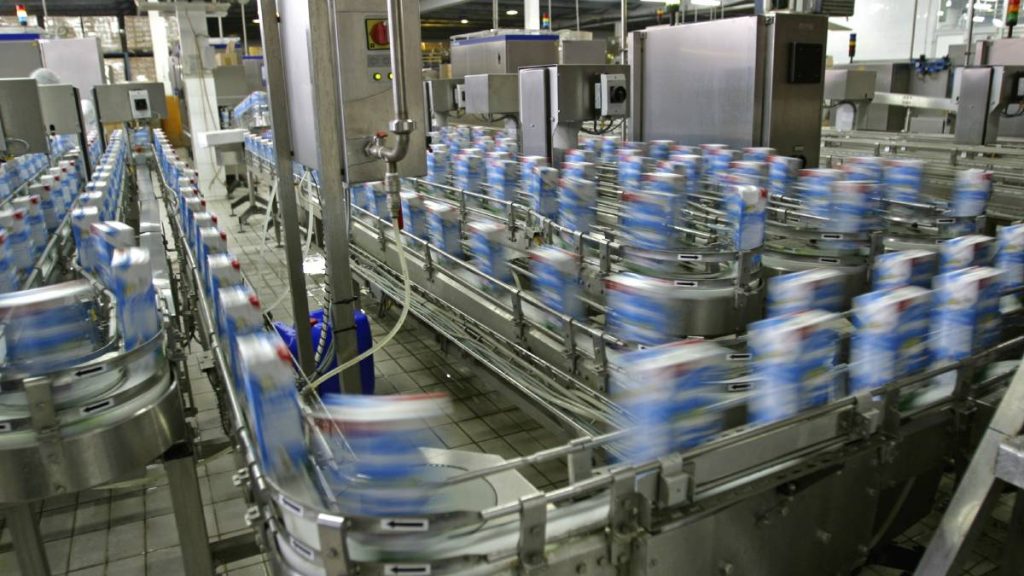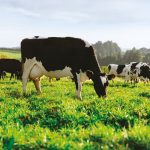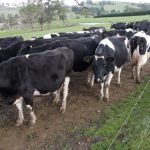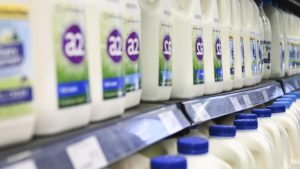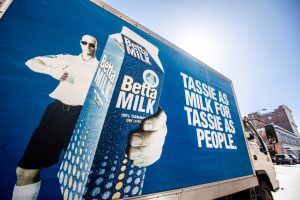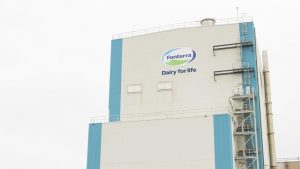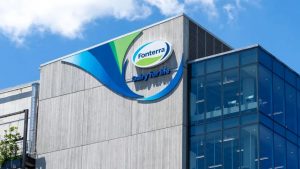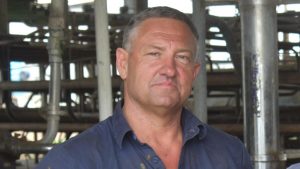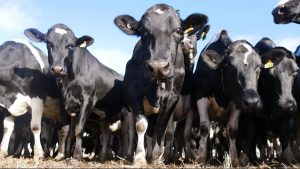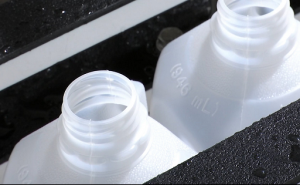
Bega/DFMC have been very active in pursuing milk supply and are pushing up the price. They have now lifted their price three times in June which is extremely positive news for their existing farmers and has made it very attractive for new farmers to supply them. Bega is clearly the new price leader in south east Queensland and their price appears to be at least 1c/L higher than Norco and Lactalis for a typical farm.
The increased pressure on milk quality and changes to payment systems with Lactalis is causing concern for many of their suppliers. Several Lactalis suppliers have called QDO indicating this will force them to cease dairying and many others are looking at options to switch processor. Given the pressure from Bega on their milk supply, Lactalis has slightly increased their price and made some modifications to their payment system.
Norco has been silent during June and has not made any announcements to increase their price. Most Norco farmers have signed three or five year contracts since one year contracts are not competitive compared to Bega and Lactalis. However even with five year contracts, Norco farmers will still probably receive around 1c/L less than Bega for 2021/22. Unfortunately for Norco suppliers, being loyal to the cooperative will see them being taken for granted by Norco and be underpaid compared to Bega.
To date, north Queensland has been neglected and not seen any price rise this year and receive around 4c/L less than their SEQ dairy farmer friends. This has been badly received by north Queensland farmers and will likely lead to more farmers leaving the industry. It is hoped that this will be addressed in the coming weeks before it is too late.
Please shop around before you sign a supply contract and remember there is a 14-day cooling off period. Contact the QDO office or one of the state councillors if you would like to discuss your options.
